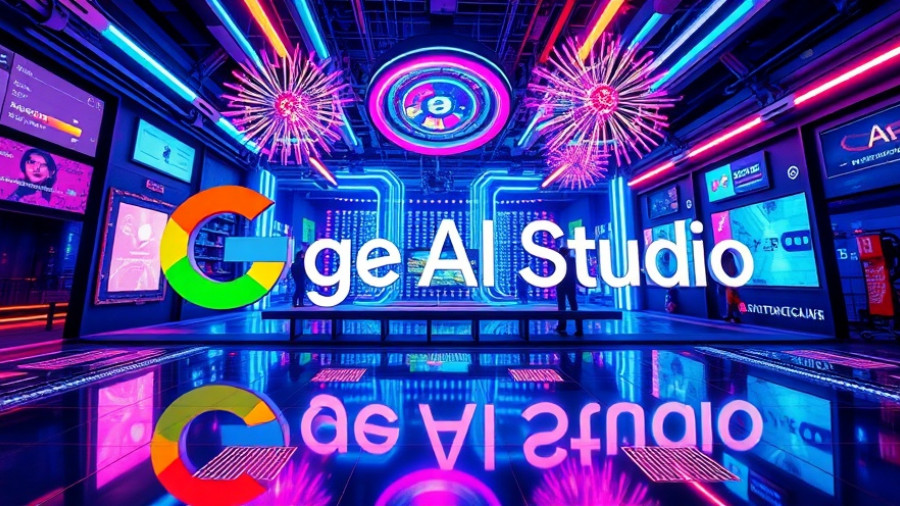
The Future of Search: Google’s New AI Feature in the UK
Google has officially launched its latest AI search feature in the UK, signaling a significant shift in how businesses and consumers interact online. This innovative tool aims to enhance user experience by providing more relevant and personalized search results. But what does this mean for your business? Let’s dive into the implications of this update and explore how it can impact your digital marketing strategies.
Understanding AI in Search: A Game Changer
AI technology is reshaping search engine algorithms, making them smarter and more adaptable. With this new feature, Google will leverage machine learning to understand user intent better and deliver results that align more closely with what users are genuinely searching for. For businesses, this presents an opportunity to refine their SEO strategies and ensure that their content resonates with the evolving dynamics of search.
What to Expect from Google's AI Search Update
As Google rolls out this feature, businesses need to stay informed about potential changes in search rankings. The update emphasizes local SEO best practices and the importance of optimizing for voice search, which is becoming increasingly popular. This means that businesses should not only focus on traditional SEO but also update their strategies to cater to new search behaviors influenced by AI.
Leveraging AI for Content Marketing
With Google's AI capabilities, businesses have a unique chance to create content that aligns with the insights gleaned from user search behavior. Content marketers should focus on creating high-quality, relevant content that answers the specific questions or needs of their target audience. By utilizing analytics and data reporting tools, marketers can continually refine their approach, ensuring that their content performs well in the evolving search landscape.
Quick Tips for Businesses Adapting to AI Search
1. **Update Your Keywords**: Focus on long-tail keywords that mimic conversational search queries, particularly those that are voice-activated.
2. **Engage with Local SEO**: Ensure your Google My Business listing is optimized, as AI searches will likely prioritize businesses with robust local presence.
3. **Analyze User Behavior**: Implement advanced analytics tools to understand consumer behavior more efficiently, allowing for tailored content that meets their needs.
The Role of Chatbots in Digital Marketing
AI isn't just limited to search; it extends to customer interaction as well. Integrating chatbot marketing strategies can help businesses provide immediate responses to customer inquiries, improving user experience and engagement. This is crucial for maintaining competitiveness in a rapidly changing digital landscape.
Anticipating Future Trends in AI and Search
The introduction of AI search features could herald a new era of digital marketing, influencing trends for years to come. Companies must start thinking about personalized user experiences and how their brands can adapt to these shifts. As AI technology evolves, businesses should keep an eye on potential applications for video marketing, programmatic advertising, and even influencer strategies that might align with increased AI use in search.
In this fast-paced digital era, staying ahead means being proactive. Implementing these strategies not only prepares your business to naturally integrate Google's new AI tools but ultimately enhances your marketing effectiveness, engaging customers like never before.
Final Thoughts: Embrace the Change
As we witness the profound impact of AI on digital marketing, it's crucial for businesses to embrace these changes with an open mind. By investing time and resources into understanding how AI can enhance search capabilities, companies can position themselves as leaders in their industries, driving growth and profitability in the process.
So, are you ready to enhance your digital marketing game in this new AI-driven landscape? Take action today by revisiting your SEO and content strategies!
 Add Row
Add Row  Add
Add 




Write A Comment